Space Palette
The Space Palette is a visual music instrument invented by Tim Thompson that lets you play music and paint visuals simultaneously. No pre-recorded media, sequences, or loops are used - everything is generated in realtime by your hands. There are currently two versions of the Space Palette.
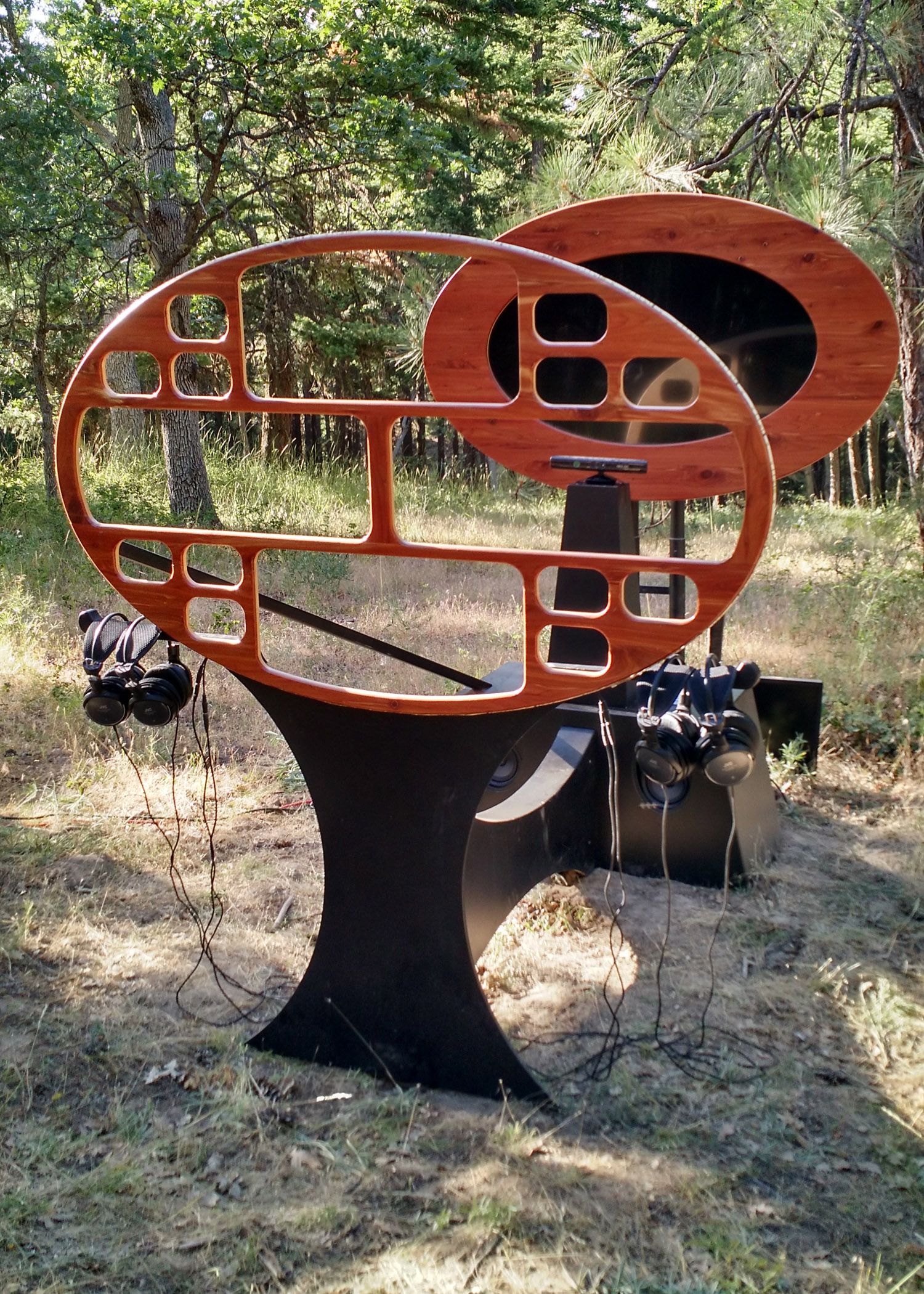
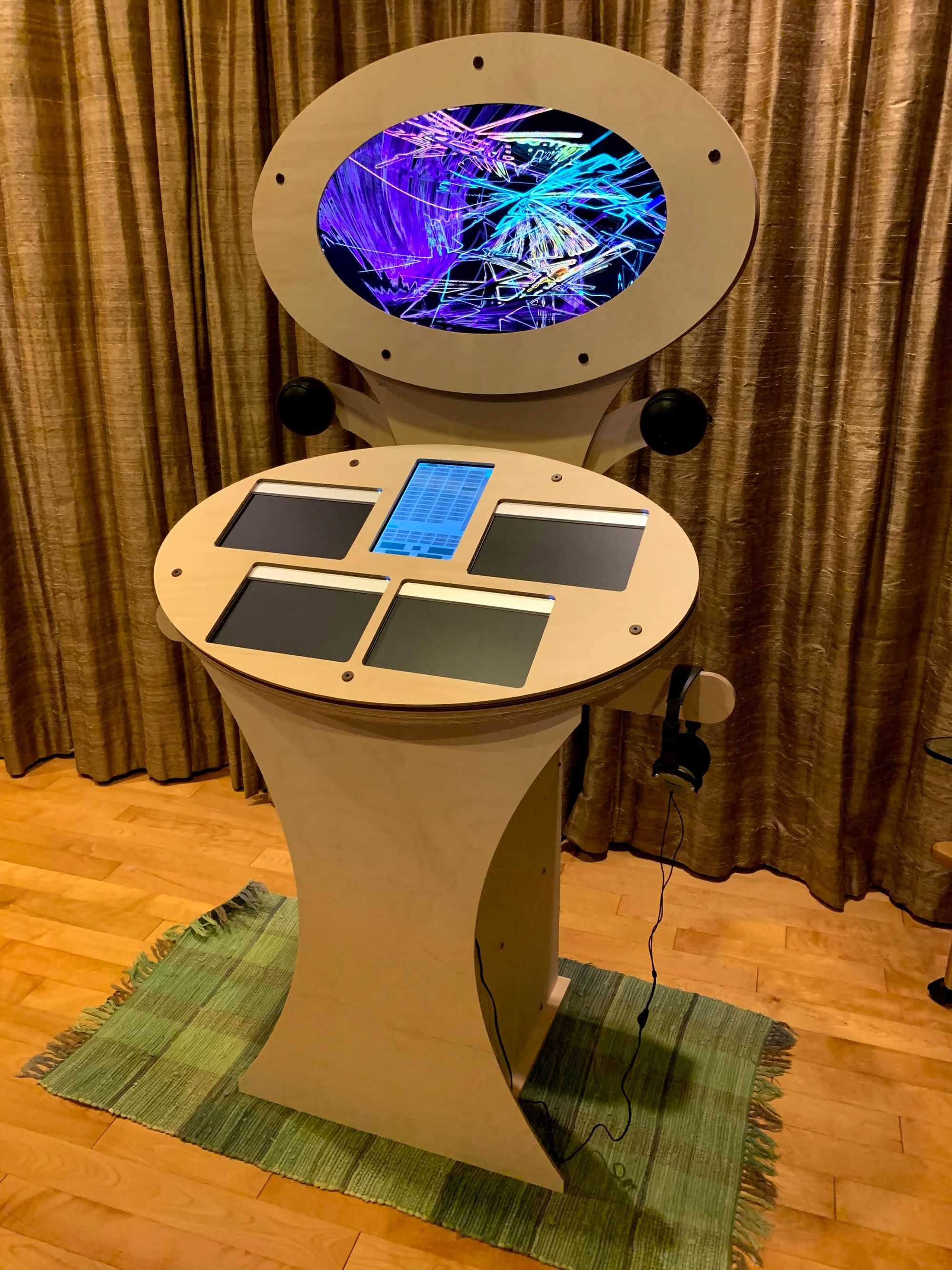
Space Palette Classic
This is the original instrument that uses the Microsoft Kinect and was first seen at Burning Man 2012. You play by waving your hands inside a frame that gives you four 3D mousepads in mid-air. This video demonstrates it.
Space Palette Pro
This is the latest version which uses the multitouch and pressure-sensitive Sensel Morph - you play by finger painting on the four Morphs. To see what you can do with it, check out some of these videos. Unlike the Classic version which gives you one 3D brush per hand, the Pro version gives you one 3D brush per finger, and has a touchscreen that lets you select and edit the presets. Recently I've published open source specs for building your own Space Palette Pro.
As an Interactive Installation
I call the Space Palette a casual instrument, analogous to a casual game - something providing immediate and creative enjoyment with almost no learning curve. The Classic version shines best as an interactive installation at festivals like Burning Man, events like SubZero, and places like the Exploratorium. Nothing can substitute for actually playing it in person, but those videos will give you some idea for what how it works and how people react to it. Search YouTube for "Space Palette" to find other videos. The oval version first appeared at the Sea of Dreams 2012 New Year's Eve party in San Francisco, and has been enjoyed at many events over the decade since. At Maker Fair 2013 it won a Editor's Choice Blue Ribbon. This video of people playing it at Symbiosis is particularly interesting because of the comments that were captured - "I want one in my living room" is the most common comment I've heard year after year, right behind "I could stay here all night". At 1:42 in that video , Sierra has just finished her own performance, and has a beautiful way of expressing what the Space Palette provides:
|
"Crossing that barrier" is such a beautiful metaphor.
As a Performance Instrument
I occasionally perform with it, for example this early performance at STEIM in Amsterdam, an open house performance, and this performance at the Outsound New Music Summit. Sometimes I perform with it doing visuals-only, often accompanying a looping artist. Most recently, I do occasional live broadcasts of visual music improvisations.
Technology and Design
Details about the design intentions and implementation of the Space Palette can be found in these slides from talks I give.
Early Prototypes
These pictures show the early evolution of the Space Palette, beginning with the initial prototypes that used picture frames.
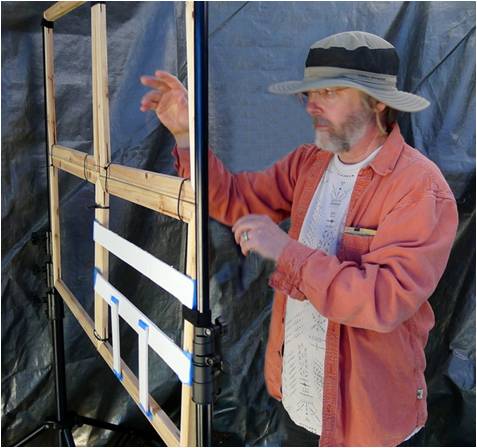
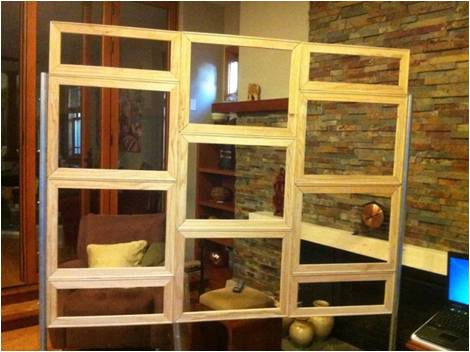
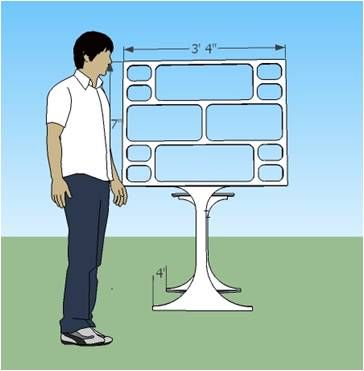
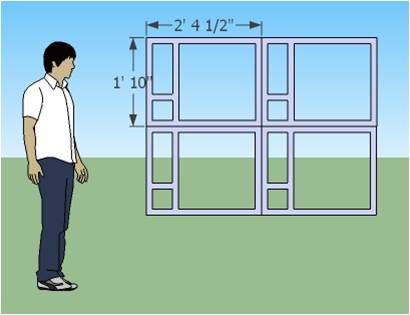

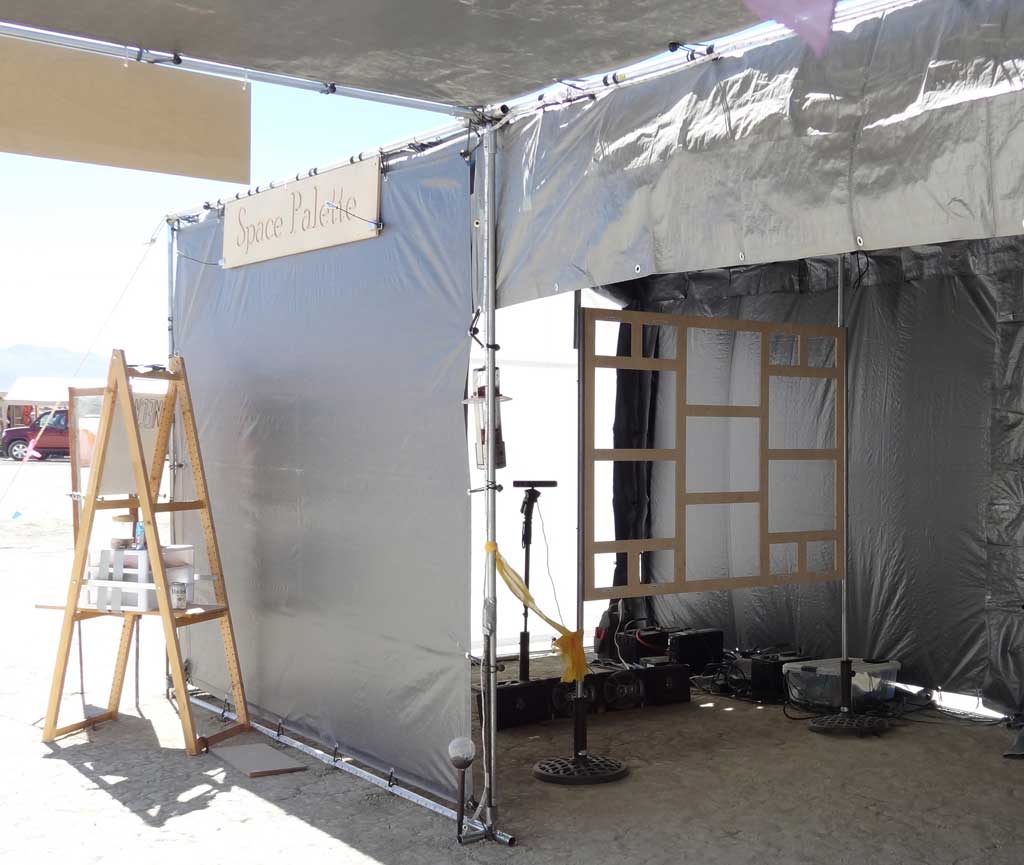
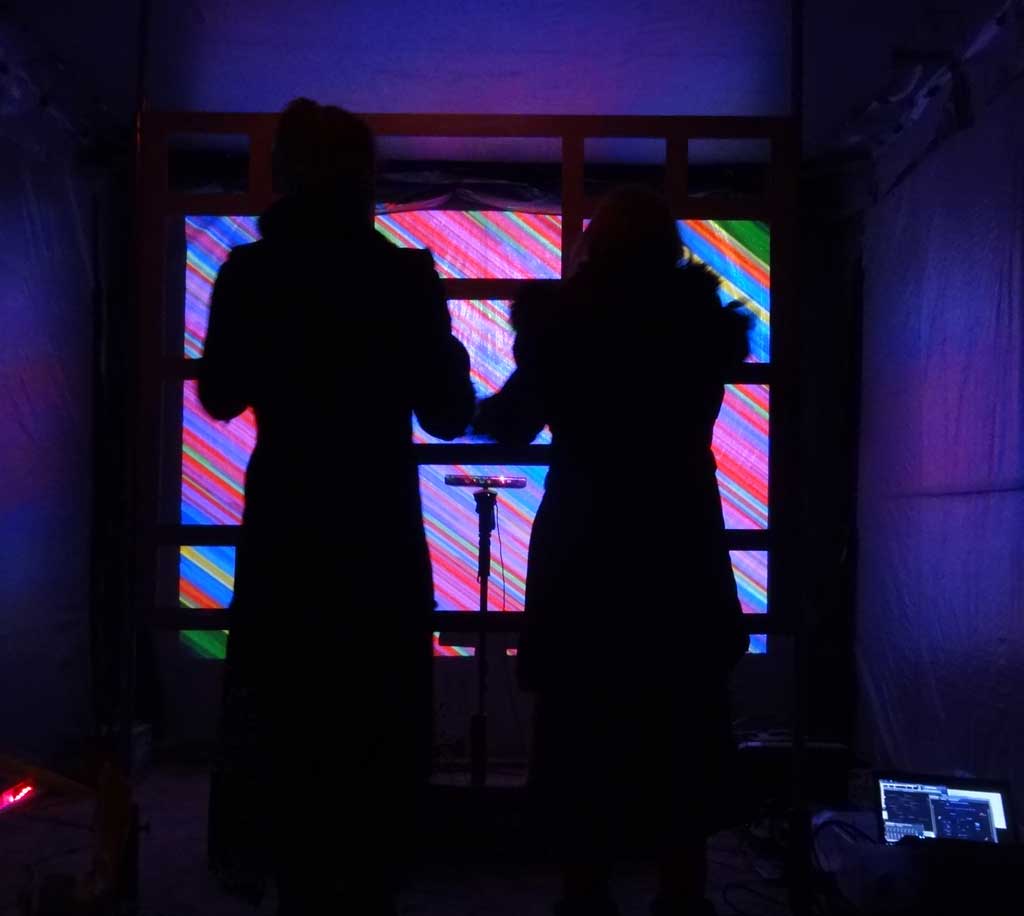
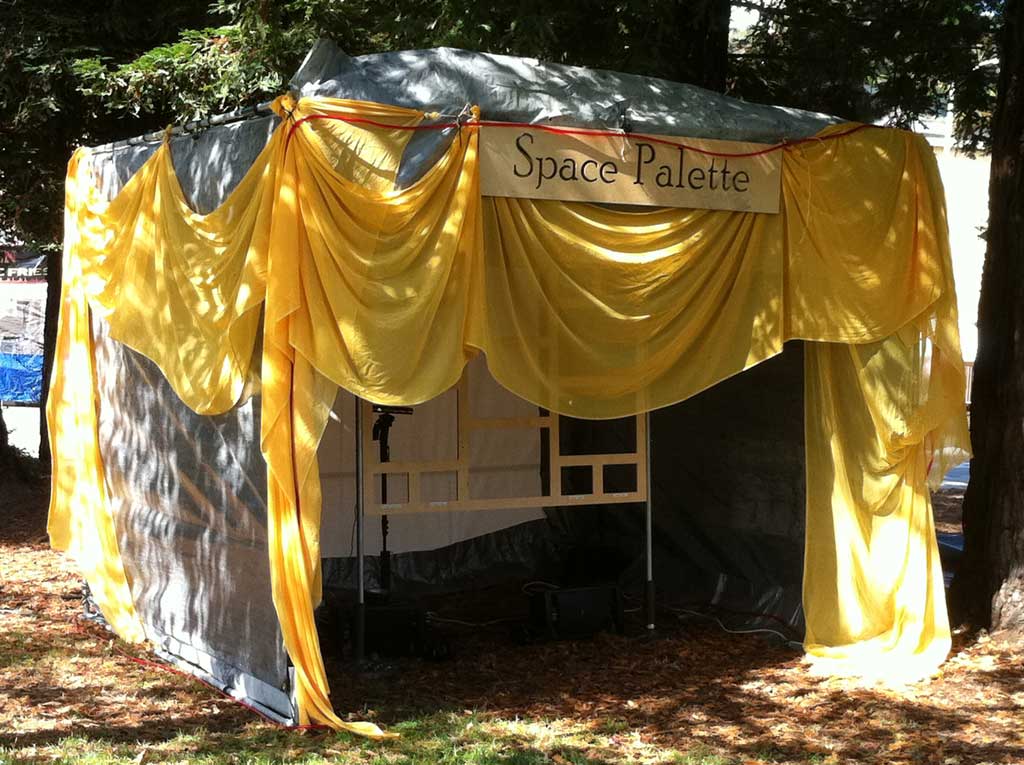
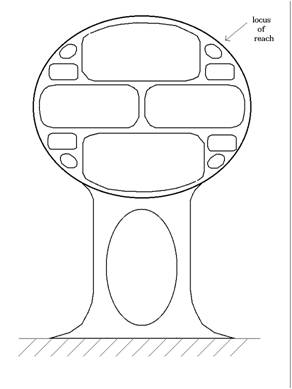
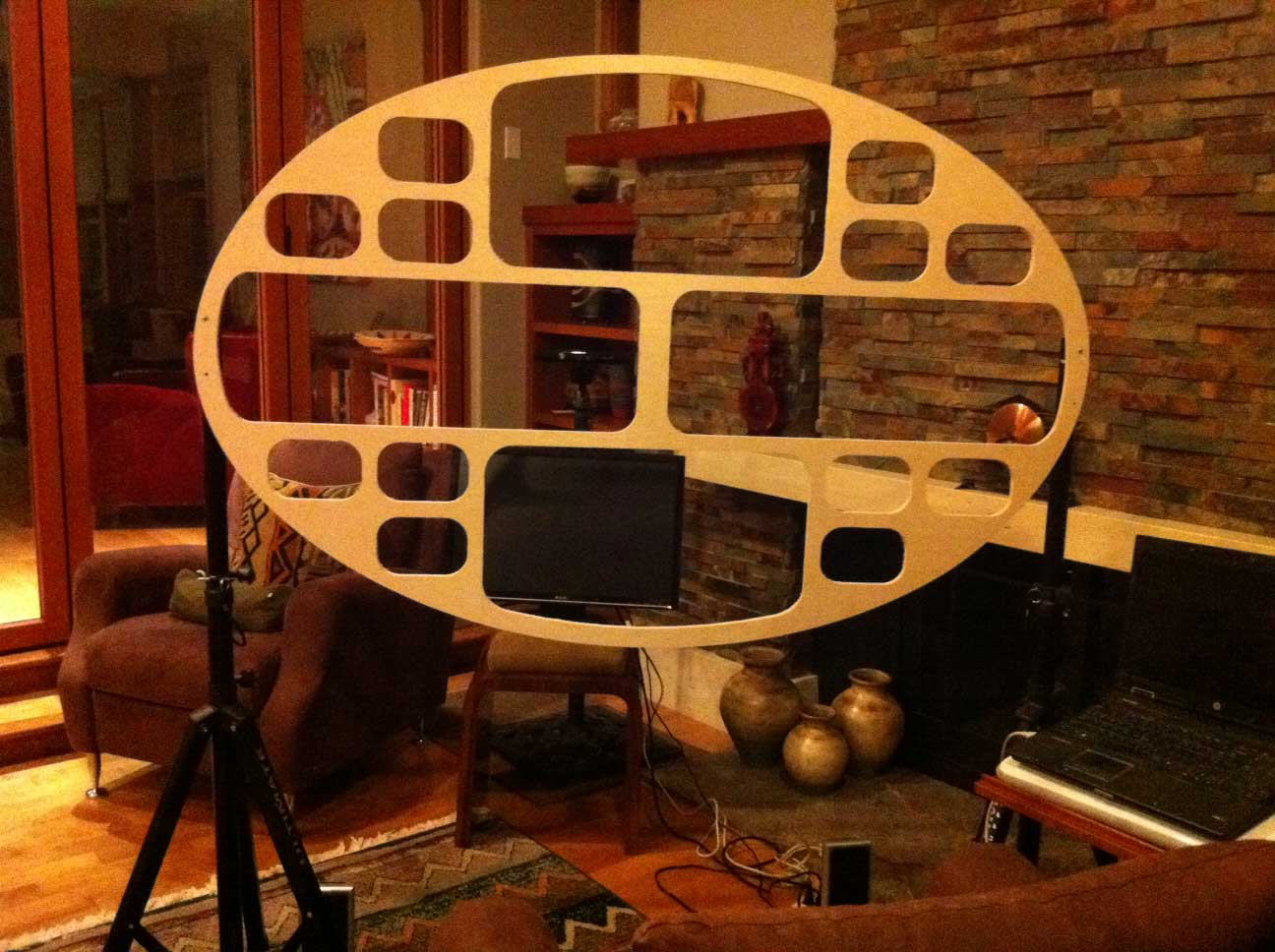
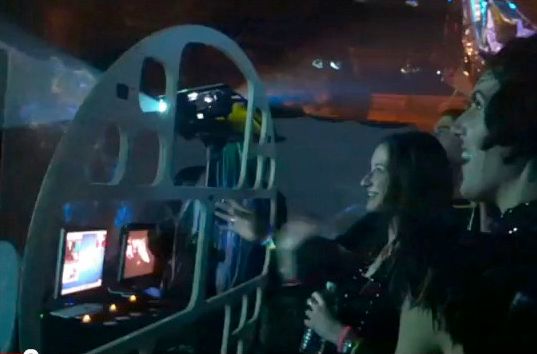
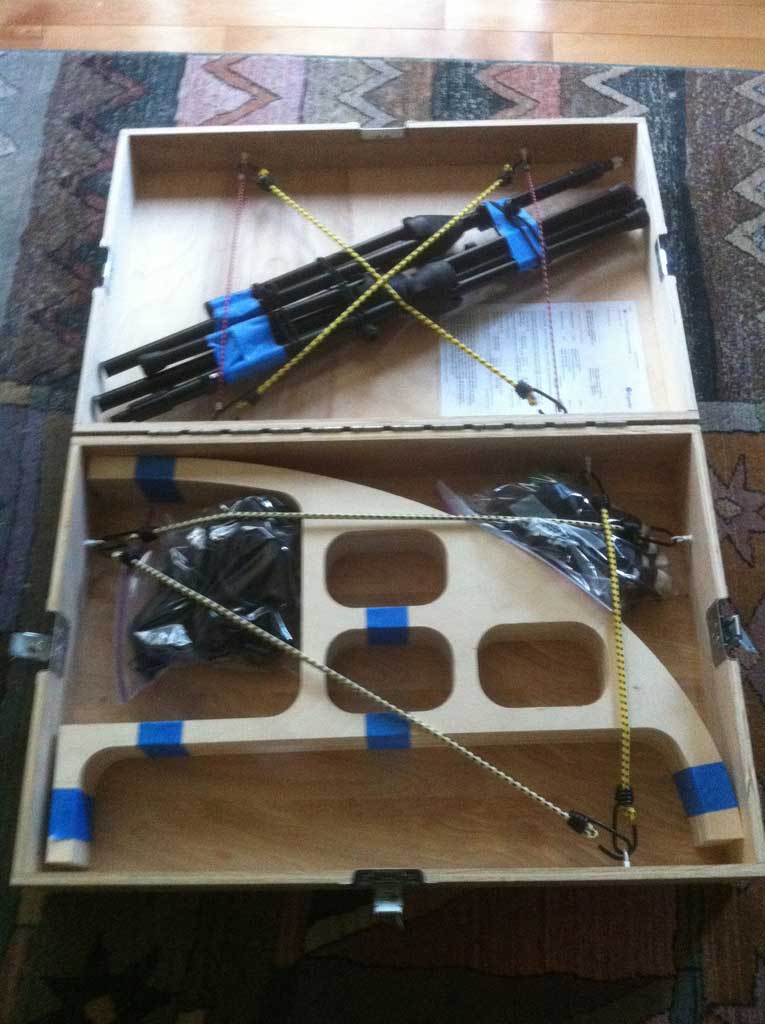
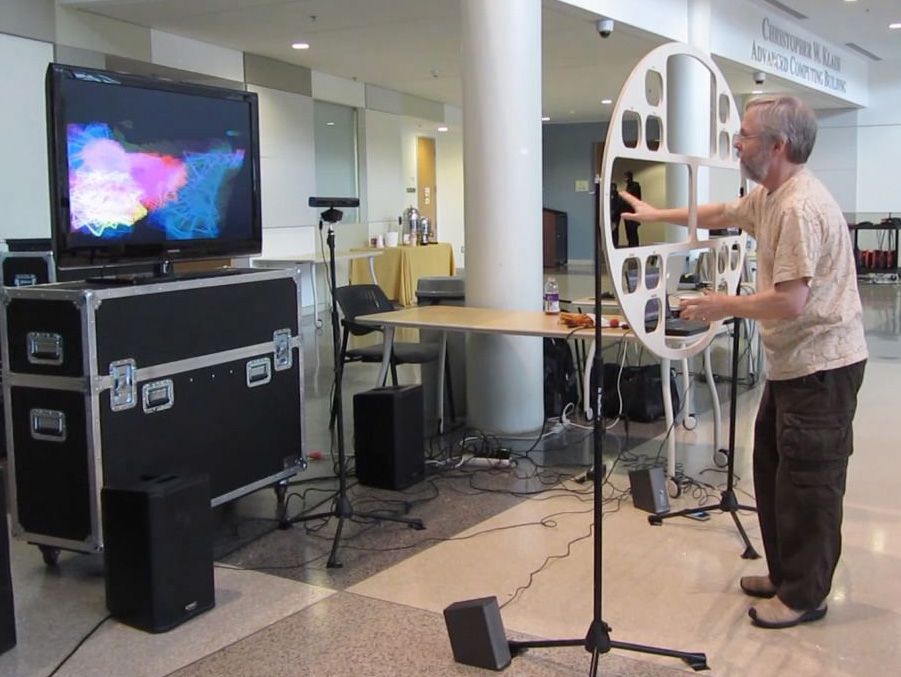
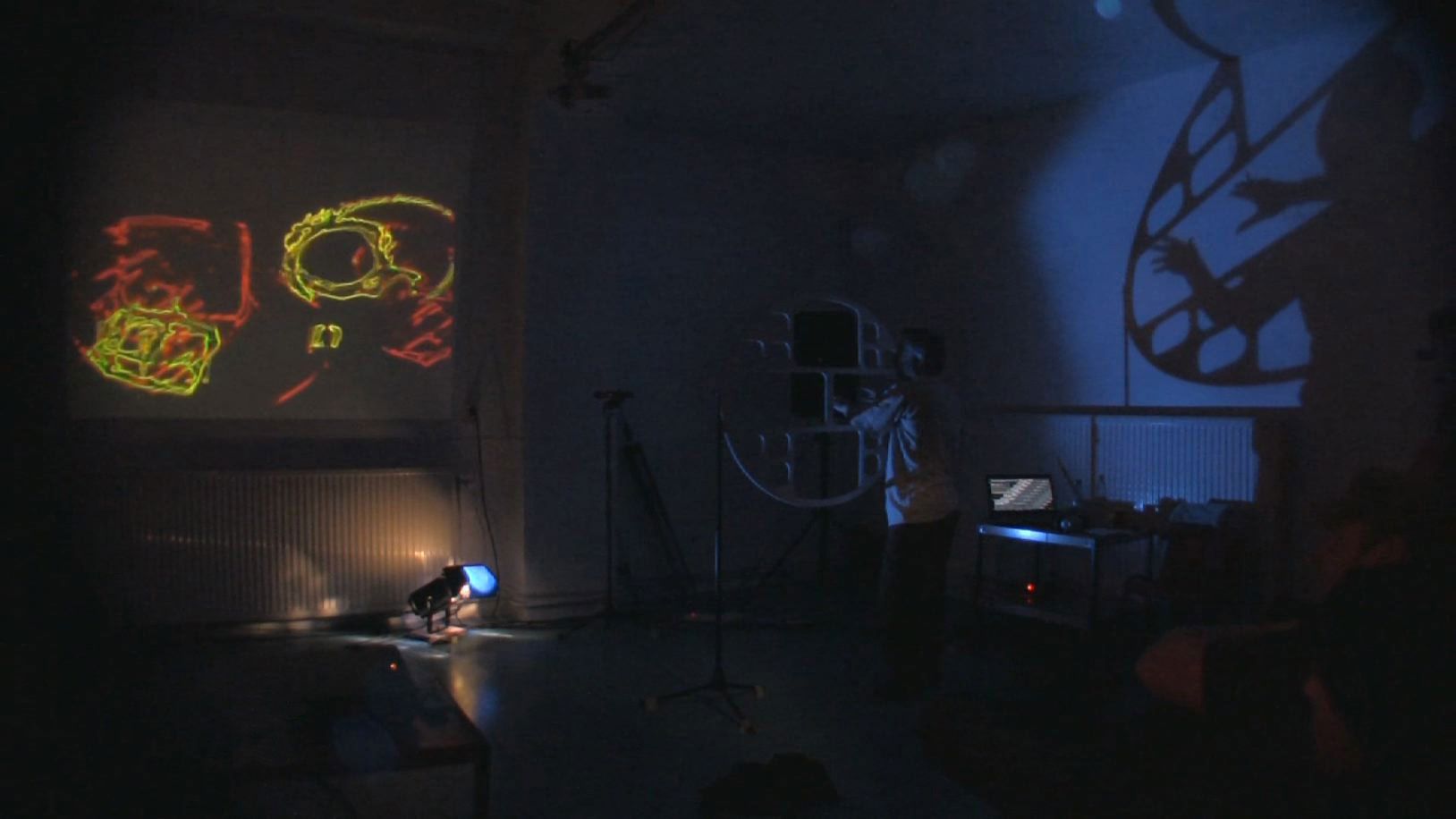
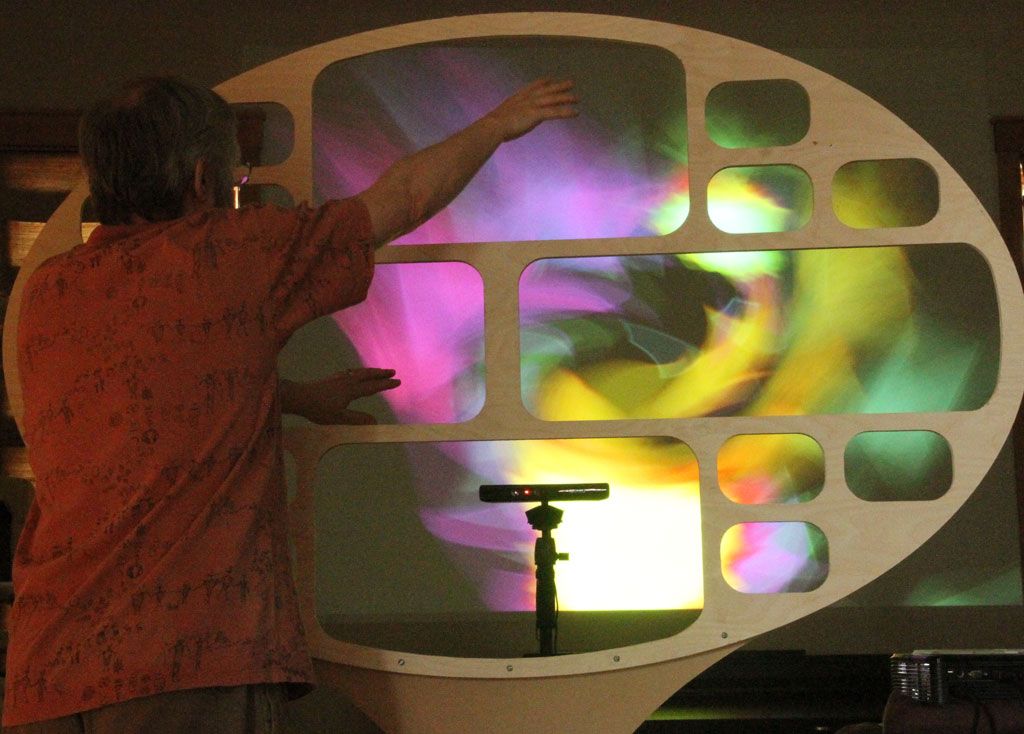
Credits
One of the very first public mentions was in April 2011 from Mark Mosher's ModulateThis blog. Here's another interview and article about the first version. Mark recently published an update on the most recent version of the Space Palette. The 2014 version of the Space Palette is a beautiful wood version made in collaboration with Paul Sable. Many thanks to Fred Lakin for suggestions and sketches that led to the current oval frame design, and many enjoyable discussions about user interfaces and performing visuals. His book Live Graphics Nightly is inspiring and recommended. Thanks to Vivian Wenli Lin for the video recording of my STEIM performance.